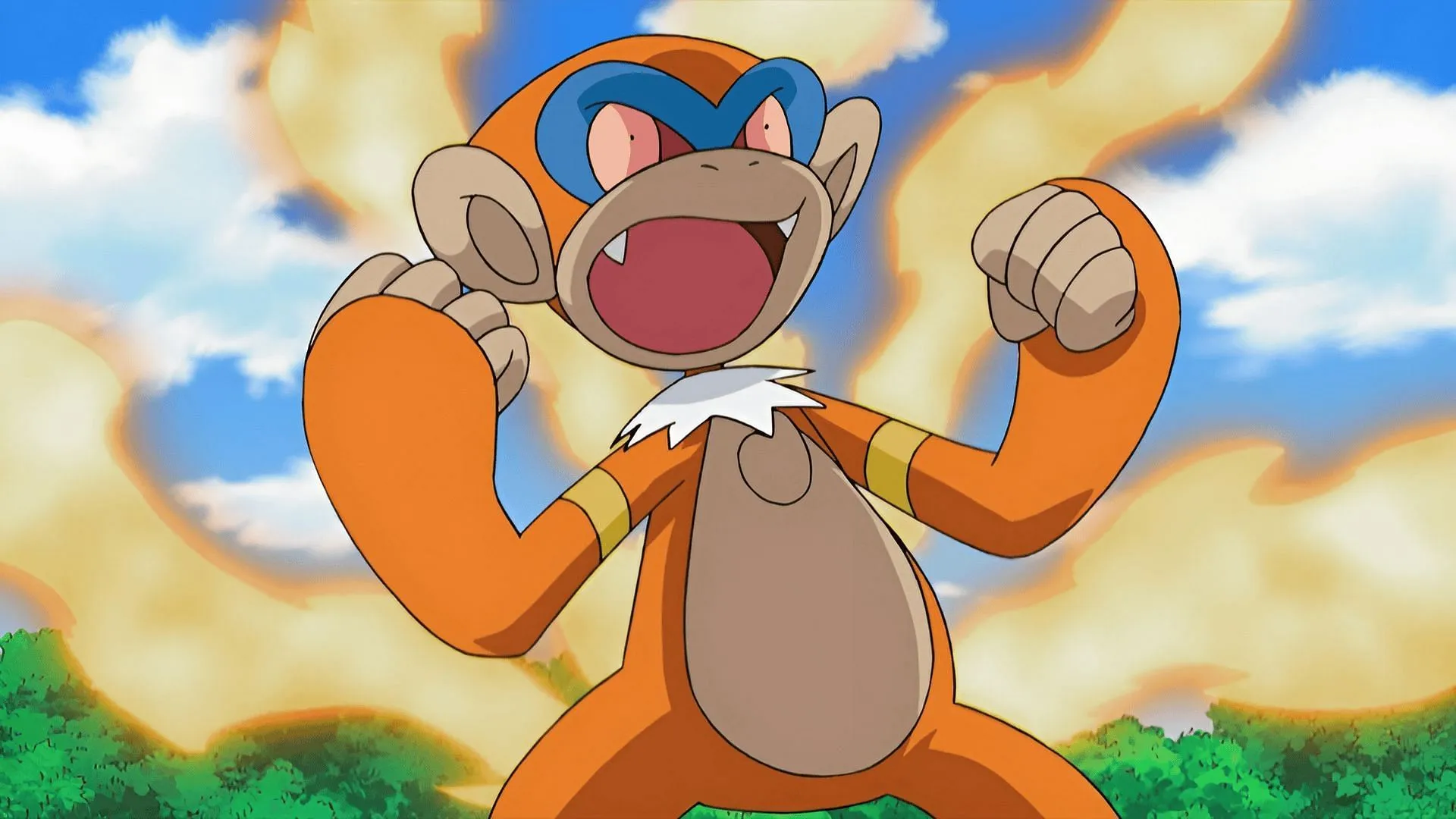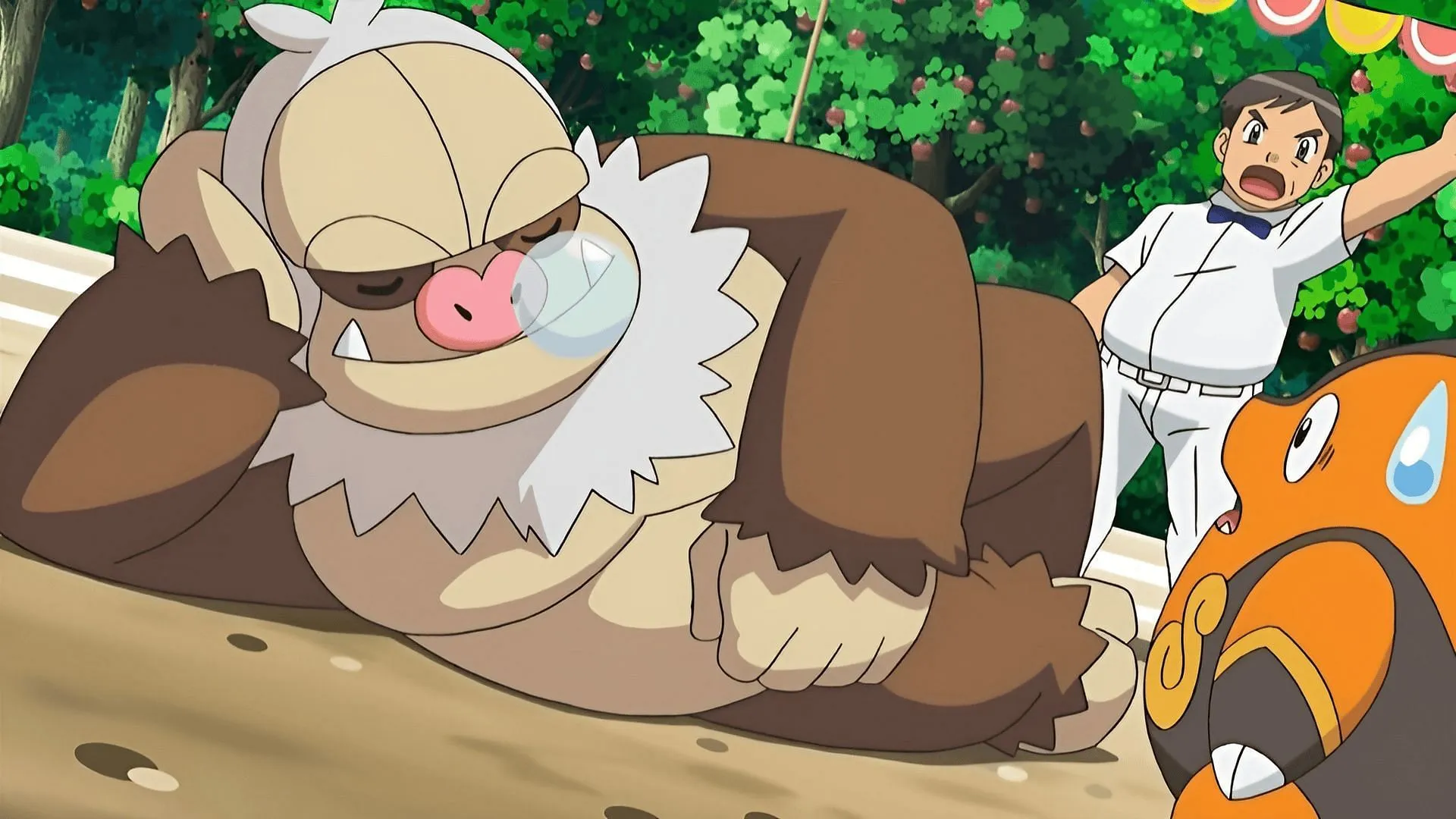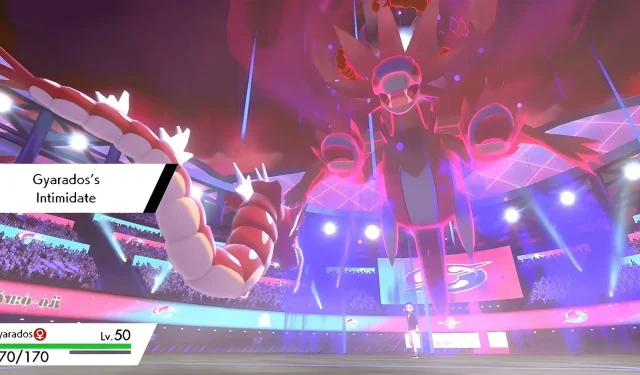Pokémon abilities play a critical role in the competitive gaming landscape, often serving as the determining factor for a Pokémon’s success in battle. Some creatures may lack favorable moves or statistics, yet their abilities can elevate them above their peers. Conversely, certain abilities can be detrimental, severely limiting a Pokémon’s viability in battle. Despite some exceptions, an ability typically serves as a cornerstone for a Pokémon’s enduring competitive presence.
Introduced in Generation III, Pokémon abilities operate as a passive mechanic that influences battles. This system was expanded in Generation V with the introduction of Hidden Abilities, which added further depth to strategic gameplay. While there are abilities that affect gameplay outside of battle, such as Illuminate and Pickup, this article will concentrate on the abilities that are crucial during competitive encounters.
The Significance of Pokémon Abilities in Competitive Gaming

The debut of Pokémon abilities in Generation III represented a transformative shift in competitive play. To illustrate their importance, let’s examine three Pokémon that transitioned from decent performers in previous generations to formidable antagonists post-ability introduction:
- Gyarados, though a notable Water-type in Generation II, struggled against stronger competitors like Suicune and Starmie. Its fortunes changed in Generation III with the acquisition of Intimidate, an ability that lowers the opponent’s Attack stat upon switching in. This transformation turned Gyarados into a valuable stat-lowering pivot.
- Gengar was always prominent in Generation II due to its versatile movepool and Ghost-typing. However, the introduction of Levitate in Generation III allowed it to gain immunity against Ground-type moves, effectively removing its traditional weakness and solidifying its position as a top-tier contender.
- Tyranitar already boasted a high base stat total of 600 in Generation II and was recognized for its capacity to counter popular threats like Snorlax. Its ability, Sand Stream, not only set up sandy weather upon switching in but also inflicted damage on all Pokémon except those of Rock, Ground, or Steel types. This ability effectively reshaped the battle meta to favor Tyranitar.
Do Abilities Ever Hinder Pokémon?

While most Pokémon abilities are advantageous, some can significantly hinder a Pokémon’s potential. A prime example is Slaking, which features an impressive base stat total of 670 comparable to many Legendary Pokémon. Despite its prowess, Slaking’s ability, Truant, restricts it from acting every other turn. This limitation poses a considerable challenge, making it difficult to integrate Slaking effectively into competitive teams.


